
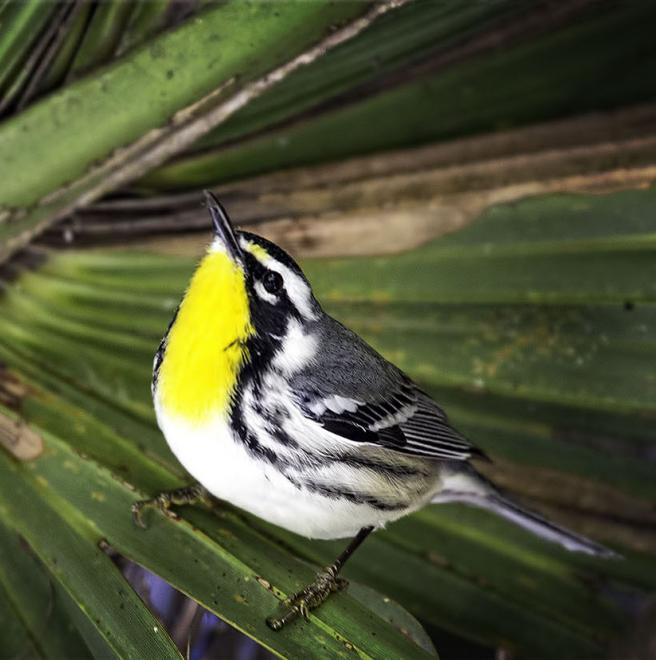
This species has two populations with distinct life history strategies. On the coastal plain, it prefers pines to nest in. In the interior (the Mississippi and Ohio river valleys, for instance), it prefers sycamore trees along rivers. Audubon's climate model projects a 59 percent loss of current summer range by 2080, with much of the suitable climate space having shifted northeast. Whether the trees the bird requires will be available in those areas remains to be seen. Many Yellow-throated Warblers winter in Middle America and the West Indies, so the predicted potential winter expansion in the southeast may be conservative.
Explore more birds threatened by climate change around the country.
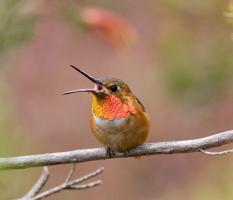
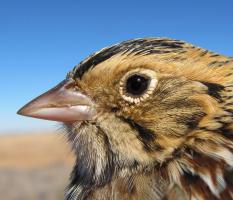
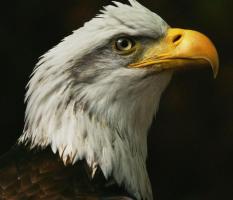
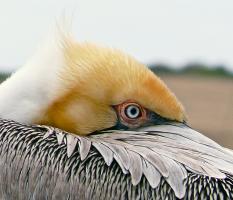
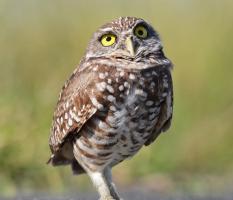
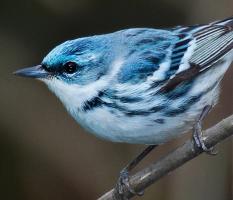
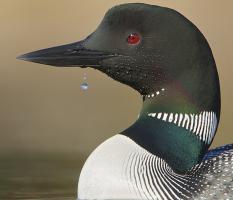
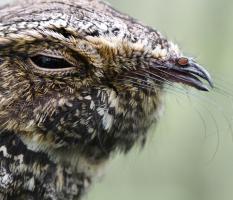
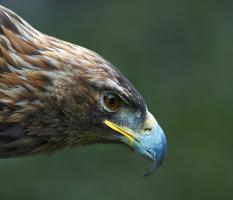

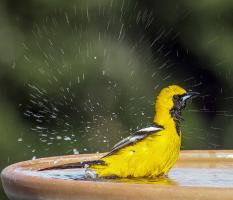
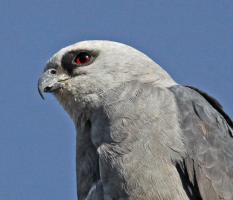

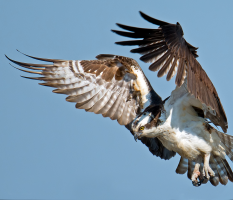
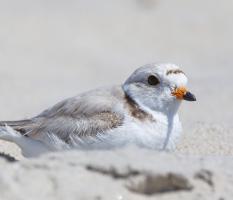
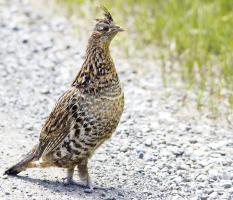
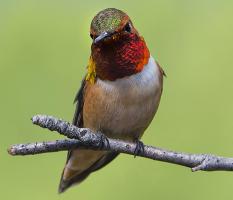

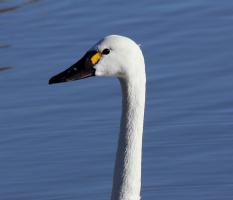
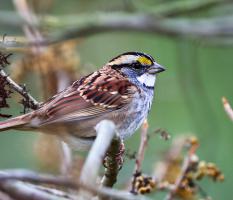
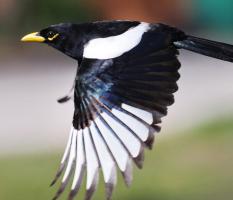
It's easier than you think to make a difference. Become an Audubon member today to help birds facing climate change.